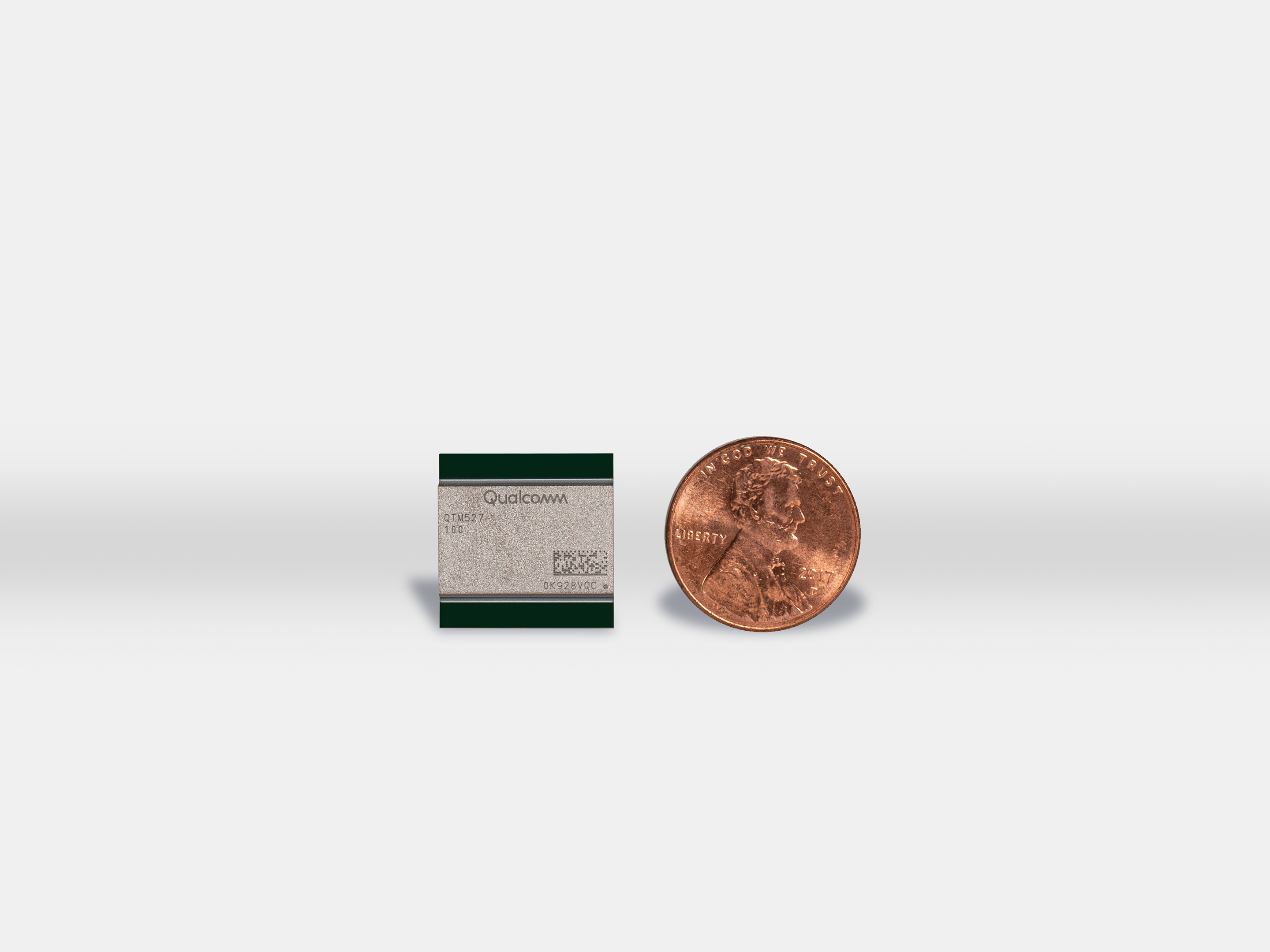
At IFA 2019 in Berlin, Germany, Qualcomm announced new tiers of Snapdragon 5G platforms, a new approach to modems and new 5G-based solutions for fixed wireless access.
On the mobile side, Qualcomm announced plans to accelerate the commercialization of its 5G mobile platforms for its Snapdragon 8 Series, 7 Series and 6 Series chips. It hopes to make 5G experiences more broadly available by proliferating its technology across multiples platforms. In a press release, Qualcomm stated it had over 150 5G designs that have launched or are in development.
Some platforms will be commercially ready in the fourth quarter of 2019, and we can expect to see them in devices starting in 2020.
The 8 Series platforms have already appeared in some 2019 flaghips, but Qualcomm plans to unveil new details on next-gen 8 Series 5G mobile platforms later this year.
Qualcomm’s Snapdragon 7 Series 5G Mobile Platform will include 5G integrated into a system-on-a-chip (SoC). The American telecommunications equipment maker says the SoC will support all key regions and frequency bands. Further, it’ll use a 7nm process.
Some manufacturers, including Motorola, HMD Global (Nokia), LG, Vivo, Redmi, Realme and Oppo, have already committed to using the new 7 Series platform in future 5G devices. Qualcomm began sampling the platform to customers in Q2 2019, and it will be commercially ready in Q4, with more details to come later this year.
Finally, devices based on the 6 Series Mobile Platform are expected to be commercially available in the second half of 2020.
Qualcomm says the expanded portfolio rollout has the potential to make 5G accessible to over 2 billion smartphone users.
A new approach to modems
The new mobile platforms will be the first to use Qualcomm’s new Snapdragon 5G Modem-RF system. Modem-RF marks a shift for the company as it covers the entire 5G system. The Modem-RF chipset includes a modem, RF transceiver and RF Front-end antennas in a single package, unlike the component-focused approach used for older standards like 4G.
Qualcomm says it built the 5G Modem-RF system from the ground up to address some of 5G’s most challenging obstacles: mobile mmWave, power efficiency, ease of design and more. Further, the new system should help expand 5G adoption across product segments like smartphones, 5G PCs, tablets, automotive and more.
By having all the essential pieces in-house, Qualcomm says it can co-design the hardware and technology across all the sub-components and innovate new technology and optimization techniques.
Currently, the Snapdragon X55 5G Modem-RF System is Qualcomm’s flagship solution, and it should begin appearing in 5G devices in late 2019.
5G for fixed wireless broadband

On top of the other announcements, Qualcomm also unveiled its new QTM527 mmWave antenna module for the Snapdragon X55 5G Modem-RF system. The antenna module marks the first fully-integrated extended-range mmWave solution for 5G fixed wireless access (FWA). In other words, network operators can offer fixed internet broadband services to homes and businesses using 5G network infrastructure.
The QTM527 system could prove useful in delivering ‘last-mile’ high-speed internet connections to homes and businesses, especially in underserved rural and urban areas.
For example, through fibre-to-the-air (FTTA) and mmWave sites, network operators could broadcast signals to places with the QTM527 antenna module. Qualcomm estimates that for a 6-metre deployment tower broadcasting a 28GHz signal, QTM527 systems could pick signal up to 1.7km away in a rural area. Urban areas would see a shorter range of about 1.1km. Both cases assume optimal environments with light foliage.
In other words, mmWave FTTA installations could prove a more cost-effective way to bring fibre-tier connections to homes and businesses without the need for laying cable directly to the premises.
While Qualcomm’s newest technology seems set to bring 5G to the masses, it’s essential to recognize that without network operators on board, the 5G tech won’t accomplish much. Canada is still in the early stages of figuring out 5G, with spectrum auctions to happen in 2020. In other words, Canadians likely won’t see 5G until 2021.
However, that doesn’t mean phones and other devices utilizing Qualcomm’s new 5G platforms won’t come to Canada — but when they do, they won’t have 5G.
MobileSyrup may earn a commission from purchases made via our links, which helps fund the journalism we provide free on our website. These links do not influence our editorial content. Support us here.


